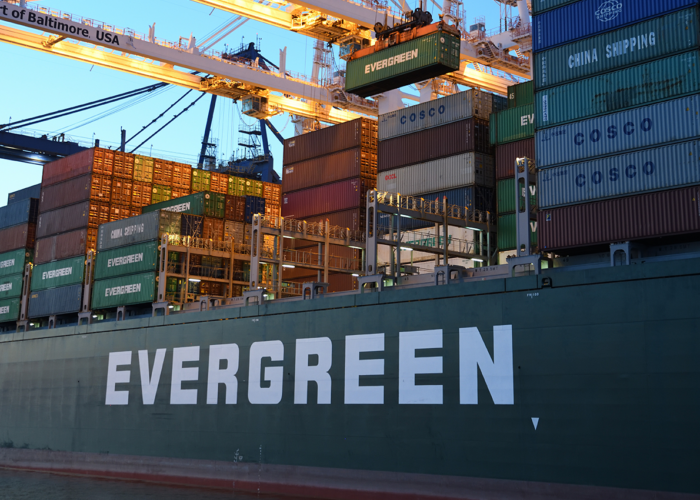Building Operational Resilience Through Efficient Supply Chains
It is unforeseen events that put in evidence how volatile supply chains can be and how interconnected economies are in a globalised world. There are substantial risks to consider in a crisis like the one generated by the blocking of the Suez Canal. All though now cleared, the impact on supply chains, price volatility, risks of delay and failure of delivery are as present as ever. In this blog article, learn more about how to avoid exposure to risks directly connected to supply chains and how success lies in preparation, anticipation and adaptation.
By now the entire world is aware of the events that occurred this past Tuesday, March 23th when a huge container ship, the Evergreen (registered in Panama and operated by Taiwanese transport company Evergreen Marine), blocked Egypt’s Suez Canal. It is believed that strong winds and poor visibility knocked off course the 400m long and 59m wide ship. With more than 400 ships stuck and more arriving every day (approximately 50 each day), the continuous efforts executed to free the vessel finally succeeded in dislodging it in what proved to be a truly herculean task. In an effort to bring some sort of relief to the imminent crisis provoked by this event, Egypt has reopened the canal’s older channel to divert some traffic and restarted traffic through the canal’s main channel promising to work around the clock in order to clear the backlog of stranded ships until the situation goes back to normal. Vessels will cross on a ‘first-come, first-served’ basis with some exceptions given to specific ships based on the type of cargo onboard. The delay costs are enormous and it will take days, if not weeks, for all ships to pass through. Why is this canal so important? 12% of global trade passes through the Suez Canal, which connects the Mediterranean to the Red Sea and provides the shortest vessel journey between Asia and Europe. Consequently, this blockage sent oil prices through the roof on international markets.
If there is one thing that the Corona pandemic has taught us is to expect the unexpected; this incident further emphasises this learning. Once again, it is these kinds of unforeseen events that put in evidence how volatile supply chains can be and how interconnected economies are in a globalised world. There are substantial risks to consider in this crisis, with some major areas of impact being:
- Risks of supply chain impact
- Risks of delay in delivery
- Risks of failure in delivery (particular to perishable goods)
- Risks of pricing volatility & soaring
To avoid being bluntly exposed, seemingly out of nowhere, to all these risks organisations must develop Risk Ratings for all suppliers and vendors in order to get a clearer view of their overall dependency. Scenario Analysis and Risk Trees prove to be incredibly useful in situations like this, afterall, success lies in preparation, anticipation and adaptation. It is particularly relevant to organisations being able to identify single source issues and establish clear emergency plans considering scenarios where alternate suppliers or processes are put into place. Organisations should develop backup planning and emergency sourcing processes for dependable supply chains establishing:
- High risk vendors in case of incidents
- Alternative providers
- Sourcing across multiple regions
- Close-to-home production
- Financial dependencies
- Compliance with standards, laws and regulations
- Insurance coverages
A great example of the above is Spanish clothing giant and biggest fashion group in the world, Inditex. With 1985 suppliers from 44 different markets, 95% of which are fully compliant with their internal Code of Conduct for Manufacturers and Suppliers which puts a very big spotlight on ESG Risks among several others. Furthermore, from their 8155 factories, 54% are in close proximity to their headquarters in Spain; embracing the close-to-home production concept to the fullest. In order to assure compliance, over 12 000 audits are held in these production centers yearly. Nevertheless, for many other companies, the global pandemic and now the Suez Canal incident seem to have accelerated a shift from just-in-time to just-in-case supply chains. Many organisations have decided to step away from single suppliers and rethink their dependencies on a just-in time supply chain model, keeping much larger levels of inventory to avoid shortage in case of a potential crisis.
Technology can be a powerful ally when it comes to predicting future risk scenarios. Machine learning has proven to be extremely effective in simulating potential risk events, analysing them and deriving appropriate measures. Organisations must incur in stress testing to verify their current emergency plans as success radicates in having in place a proper end-to-end risk management process in order to provide greater operational resilience.
Learn more about Alyne’s End-to-End Risk Management Solution here.



